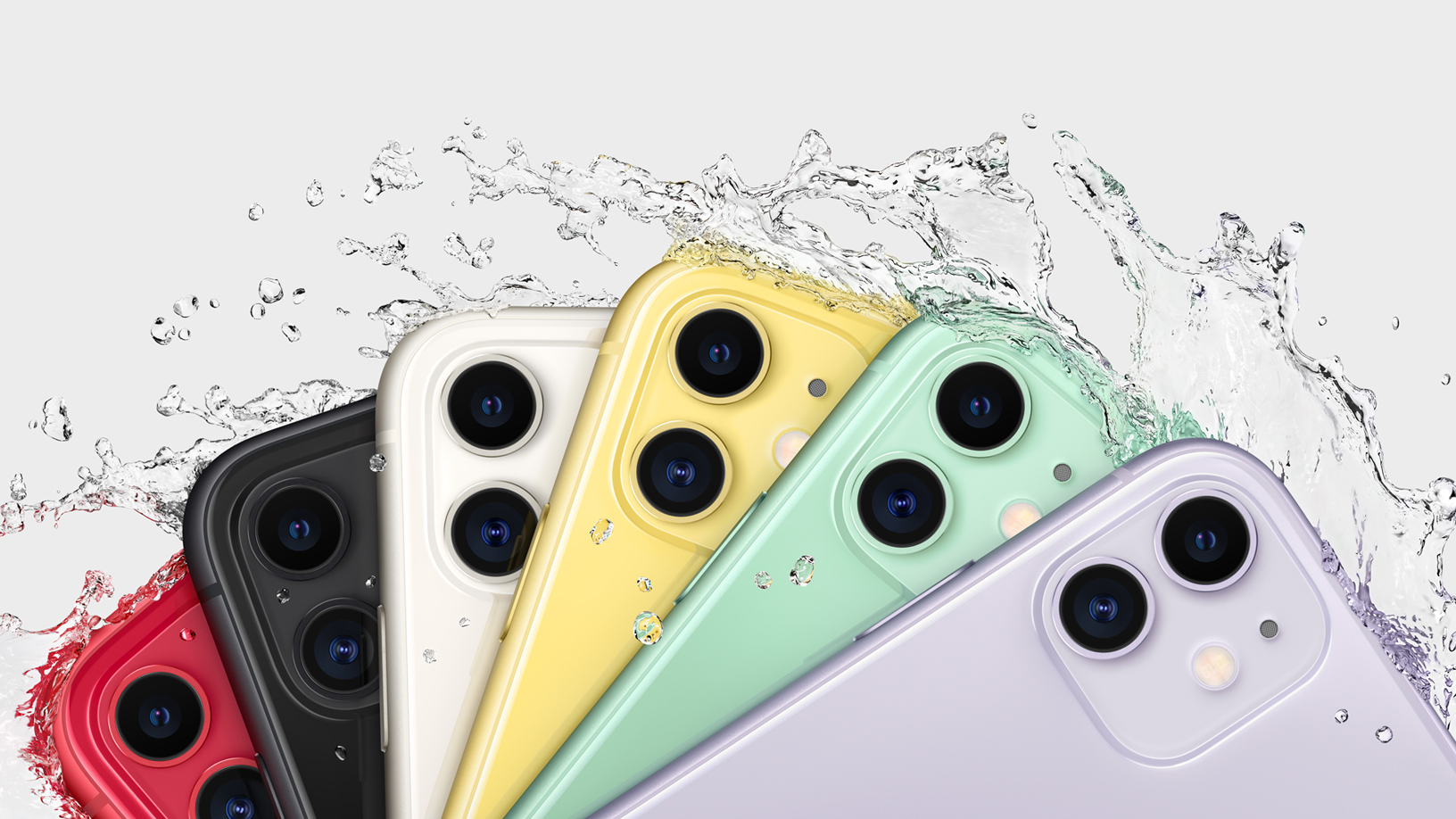Apple had all kinds of announcements at its Special Event this week, but chief among the reveals was a new line of iPhones. Here’s everything you need to know about the latest models.
iPhone 11
Having acknowledged that the iPhone XR was the most popular phone in the world, Apple then proceeded to place its successor, the iPhone 11, at the center of the event.
The iPhone 11 design is cut from the same cloth as the iPhone XR, with a similar form factor and 6.1-inch Liquid Retina LCD display. It’s made from anodised aluminum and the company’s toughest ever glass, and a brief video highlighted that this is a phone capable of standing up to the rough and tumble of everyday life.
Apple’s new mid-ranger comes in six new colours: purple, white, green, yellow, black, and Product red.
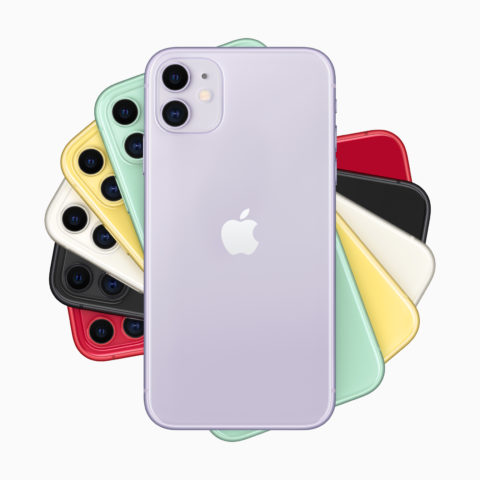
Spatial audio supposedly provides an “immersive theatre-like experience”, while Dolby Atmos support promises to add to the aural experience when watching video content on the iPhone 11.
Apple has added a second camera since the iPhone XR. There are now two 12-megapixel sensors on the back of the iPhone 11, with the second f/2.4 unit providing 120-degree ultra wide assistance to the regular f/1.8 wide camera. This can effectively provide a 2X optical zoom-out effect, expanding the canvass considerably.
Following Google’s lead, the iPhone 11 now has a (completely automated) Night Mode for bolstered low-light photography, which could turn out to be the biggest camera-related addition here. Meanwhile with improved video stabilisation and 4K capture at 60fps, the iPhone 11 is an even better video camera than before.
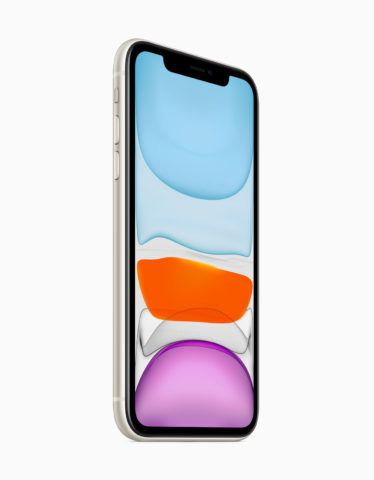
Around front there’s a new 12-megapixel camera that can capture wider selfies. On that front Apple has added a new word to the photographic lexicon – the ‘slofie’, or slow-motion selfie.
Apple’s new A13 Bionic powers the entire iPhone 11 range, and apparently provides the fastest ever smartphone CPU and GPU. To help prove that point, Apple invited TipsWorks on stage to introduce Pascal’s Wager – a 3D action RPG game reminiscent of the console Souls series. It provided impressive console-standard graphics at a super-smooth 60fps.
Despite this boosted performance, the iPhone 11 is apparently good for an extra hour of battery life over the iPhone XR.
To really drive home the point that this is Apple’s phone for the people, the pricing for the iPhone 11 starts at $699. That’s not exactly cheap, but it is $50 less than the iPhone XR launch price. The 128GB model will cost $749, and the 256GB model tops out at $849.
iPhone 11 Pro
Apple announced its very first pro smartphone in the iPhone 11 Pro. The design is pure iPhone X, with a familiar shape and screen notch. However, the iPhone 11 Pro gets a cool new matte glass finish to the rear. Though the clear camera module is a point of contrast, it’s all formed from a single piece of glass.
The edges of the phone are stainless steel, and there are new finishes in midnight green, space gray, silver, and gold.
Though the screen is identically proportioned (5.8-inches and 1125 x 2436) to the XS, Apple has given the iPhone 11 Pro display a new name: Super Retina XDR. It can get up to 1200nits of brightness when viewing HDR photo and HDR10 movie content. It also packs a vast 2,000,000:1 contrast ratio.
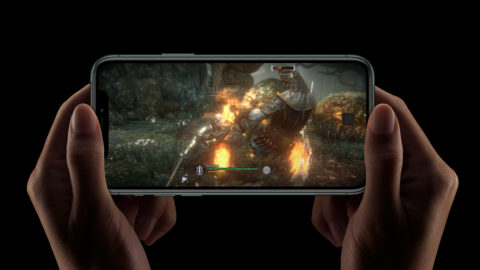
One down side is that there’s no more 3D Touch, though few users will mourn its passing. Besides, iOS 13 replaces the function with long presses and increased haptic feedback.
Arguably the biggest improvement with the iPhone 11 Pro is its triple camera. Alongside the main 12-megapixel f/1.8 wide camera and the 12-megapixel f/2.0 telephoto (both with OIS) there’s a new 12-megapixel f/2.4 ultra-wide camera with a 120 degree field of view. Together these can provide 0.5x, 1x, and 2x optical zoom levels.
A new feature coming this Fall will be Deep Fusion, which uses the Neural Engine to shoot lots of shots at multiple exposures, assembling them into a single super-detailed shot.
In addition, Portrait mode now works with pets and objects (which applies to the iPhone 11 too), and you get the same enhanced 12-megapixel selfie cam that’s capable of slofies and super-stable 4K 60fps video.
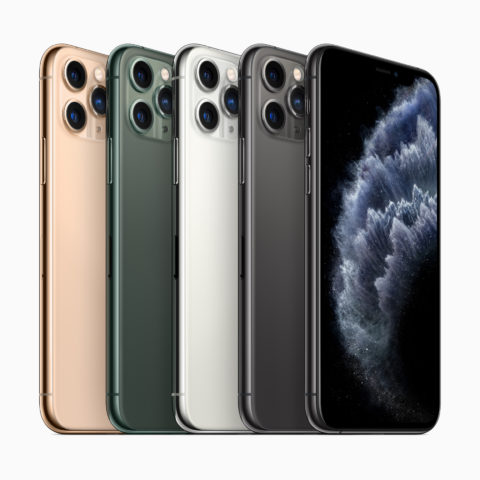
Talking of that front camera, Face ID is now said to be 30% faster, and will work at more angles than before. Again, that’s true across the iPhone 11 range.
The A13 Bionic finds its way into the iPhone 11 Pro, just as it does in the other two phones. Apple went a little more into this chip’s capabilities in the Pro announcement, including its 1 trillion operations per second and machine learning accelerators. Apple says it’s “the best machine learning platform in any smartphone”.
Despite this power increase, the iPhone 11 Pro gets 4 hours more battery life than the iPhone XS.
Prices for the iPhone 11 Pro hold true to the iPhone XS, with a $999 entry point for the 64GB model. Then it’s $1,149 for the 256GB model and $1,349 for the 512GB model.
iPhone 11 Pro Max
The iPhone 11 Pro Max replaces the iPhone XS Max, and it’s pretty much identical to the iPhone 11 Pro but for its larger 6.5-inch 1242 x 2688 display.
You get the same toughened frosted glass design as its smaller brother, with the same notched front, stainless steel sides and choice of finishes. You also get the exact same triple-camera features as the iPhone 11 Pro.
Once again, there’s an A13 Bionic driving the Pro Max. Another point Apple made about this A13 chip was its increased efficiency, to the point that the iPhone 11 Pro Max gets 5 hours more battery life than the iPhone XS Max.

It wasn’t discussed much, but a new U1 chip in all three phones lets them locate other iPhones in their immediate vicinity (U stands for ultra-wideband). This will be useful for things like a directional AirDrop, letting you ping files to people by pointing at them. It should also tie in nicely with the much-rumoured Apple Tag item location devices that are seemingly on the way.
The iPhone 11 Pro Max starts at $1,099 for the 64GB model, $1,249 for 256GB, and $1,449 for the 512GB model.
All three iPhone 11 phones are set to ship on September 20.
